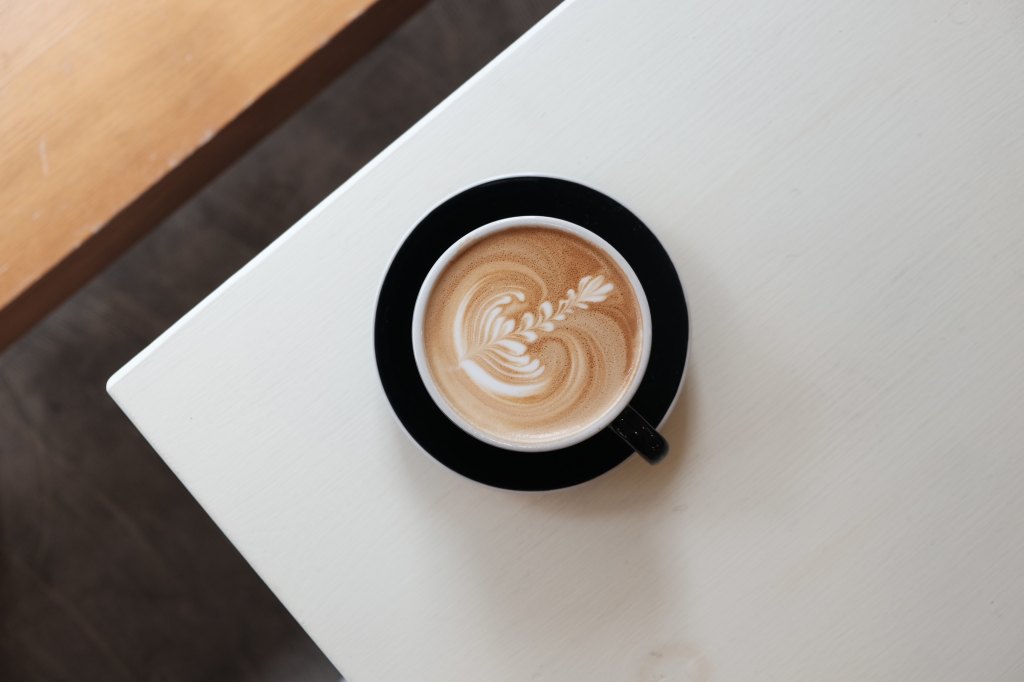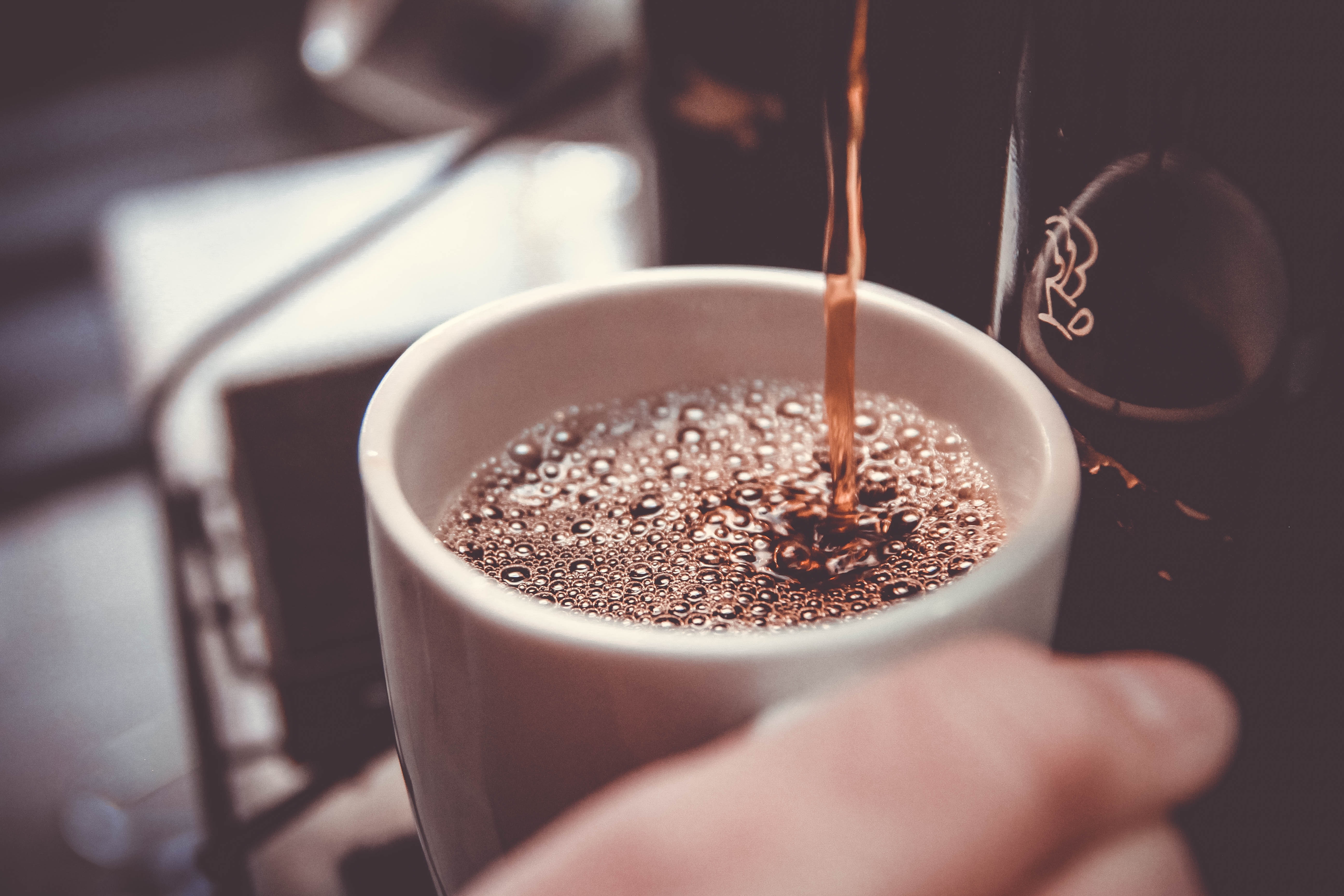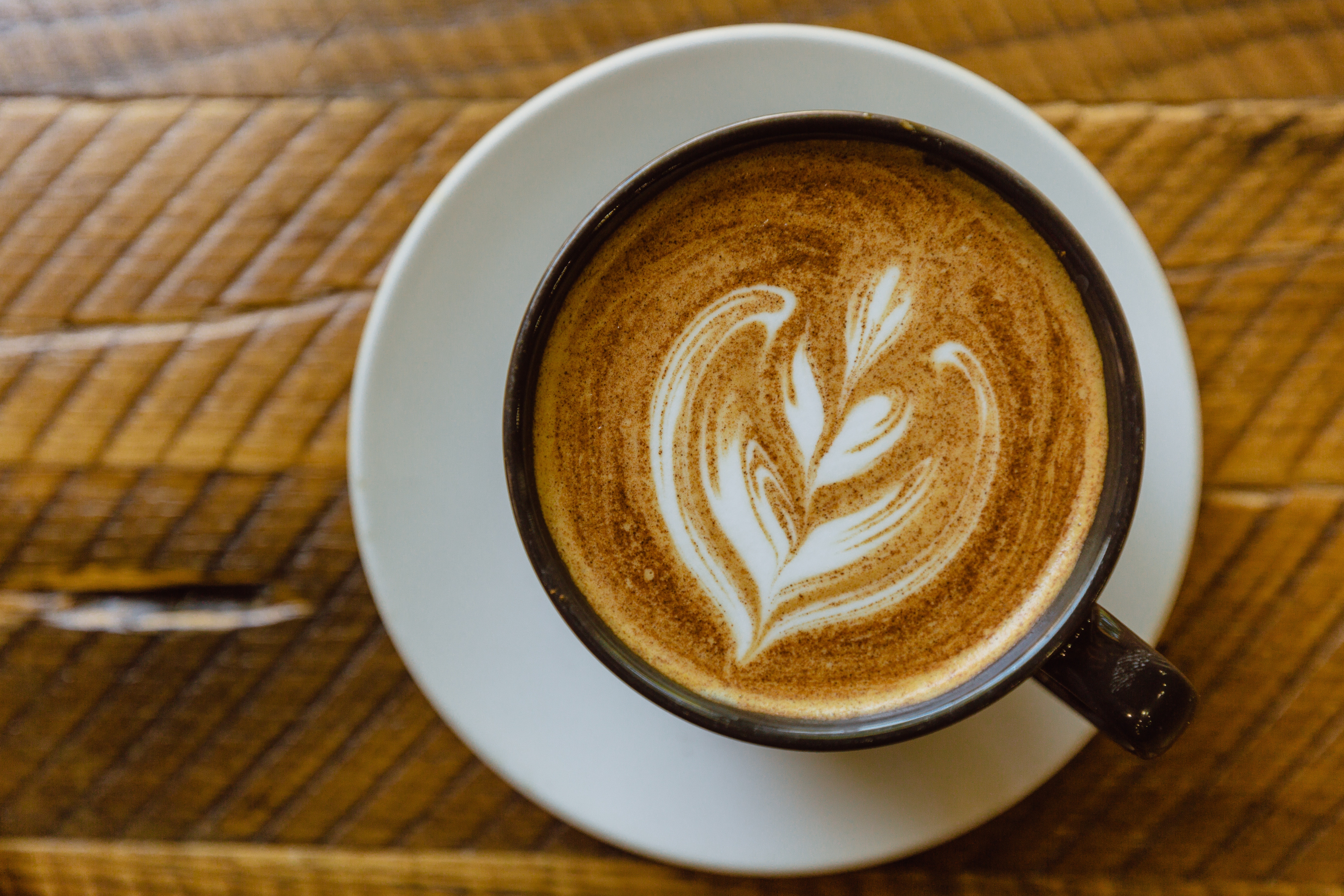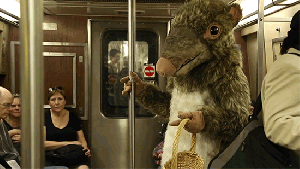 By William “Bill” Murray, NCA President & CEO
By William “Bill” Murray, NCA President & CEO
What does the post-pandemic future hold for the hundreds of thousands of retail outlets that provide coffee to Americans away-from-home?
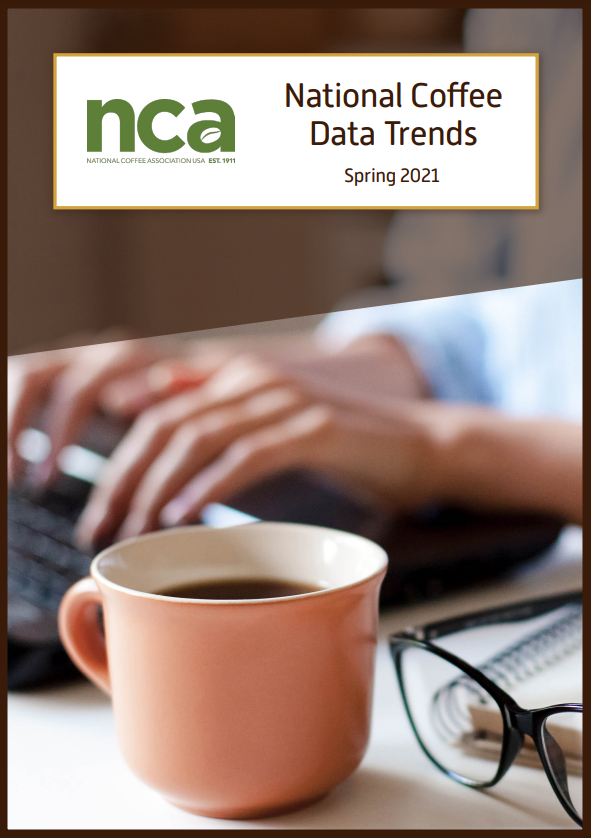
The most recent study we conducted, the National Coffee Association’s National Coffee Data Trends report, offers many reasons for optimism for all segments of the coffee sector – including away-from-home.
Unlike some industries – travel, tourism, live entertainment – the coffee industry, as a whole, has fared reasonably well. Coffee drinking is not only safe, no matter where you enjoy it, but is connected to numerous health benefits. In fact, a large group of independent studies associates coffee drinking with lower levels of depression – important to know during a horrific pandemic.
All of which supports America’s continuing love affair with coffee, right through the pandemic. In January of this year, 58% of Americans reported drinking coffee “yesterday,” down from 62% a year ago, a modest change – especially when considering the study’s 2.5% margin of error.
But while coffee continues to be America’s favorite beverage, it is true that the away-from-home segment has been impacted by the pandemic. This impact, though, is temporary – a direct result of the pandemic – and is already reversing.
We know this because of what the data tells us about the recent past – and consumer attitudes – towards coffee.
First, one reason the away-from-home coffee segment has suffered is because of the rolling, random lockdowns the country has experienced. These are coming to an end.
Second, the slight decrease in overall coffee consumption is linked to the economic impact of the pandemic. 24% of Americans told us in January of 2021 that their financial situation was “much or somewhat worse” than a year ago, up from 13% who told us the same thing in January 2020. Stimulus checks are in the mail, and shortages of workers are growing. Recent reports confirmed a surge in retail sales in March and dropping unemployment. The economy is poised for a comeback – the worry now is actually over an “overheated” economy, and the inflation that could ensue.
Third, coffee drinking during the pandemic has been up marginally in the morning and at breakfast – but down marginally in the afternoon. 24% of Americans reported having an afternoon coffee in January ’20, down to 20% this past January. That afternoon coffee is closely associated with socializing, work, or being out and about, and will reverse as America reopens.
Fourth, contrary to the headlines, away-from-home coffee never disappeared. In fact, over two-thirds of respondents told us in January ’21 that they were already back in their coffee shops, or anticipating a return in the near future. First responders, truckers, delivery service workers, skilled tradespeople, grocery store employees, public sector employees – those in the “Essential” parts of the economy (including many coffee suppliers, by the way) have been there all along. About 11% of coffee drinkers drank their coffee during their commute – right through the pandemic.
Fifth, away-from-home coffee has pivoted quickly to adapt to the new reality, and coffee drinkers have responded. By September of last year, 39% of away-from-home coffee drinkers had ordered through an app, up from 24% in January ’20.
But there’s more. Turning from what has been happening to what coffee drinkers want to happen, the optimism grows even stronger.
The sixth reason for optimism is that coffee drinkers miss their away-from-home coffee. In January, 2021, 35% of respondents either agreed strongly or somewhat agreed that they “miss the social aspect” of going out to coffee shops, cafes, and restaurants, 34% said that they miss their “regular” away-from-home venues, and 33% said that they miss treating themselves by going out.
Some social psychologists have speculated that the post-lockdown period could be like the Roaring 20’s – a country ready to let loose. Indulging in a favorite coffee beverage prepared by a favorite barista would be one way to do that!
Seventh, the steps that away-from-home venues can take to encourage customers’ return – while requiring some investment – are straightforward. 43% of respondents told us that having workers wear masks and gloves – and having other customers wear masks – were steps that venues can take to “encourage (me) to visit them more often.” Practicing visible sanitation protocols, and limiting capacity/crowd control also scored highly. (See our free NCA guide to safely reopening your coffee business for more on this topic.)
Bottom line? Vaccines are rolling out, even with hiccups. The economy is improving. America has not lost its love for, its need for, and its relationship with coffee. America misses its favorite coffee shop, restaurant, and café – and for the one-third of Americans who are cautious about resuming their old routines, there are more reasons every day to feel reassured.
We’ve been through the worst we ever could have imagined – but today, and tomorrow, are better for all of us in coffee – especially the men and women around the world who grow the coffee we love.







